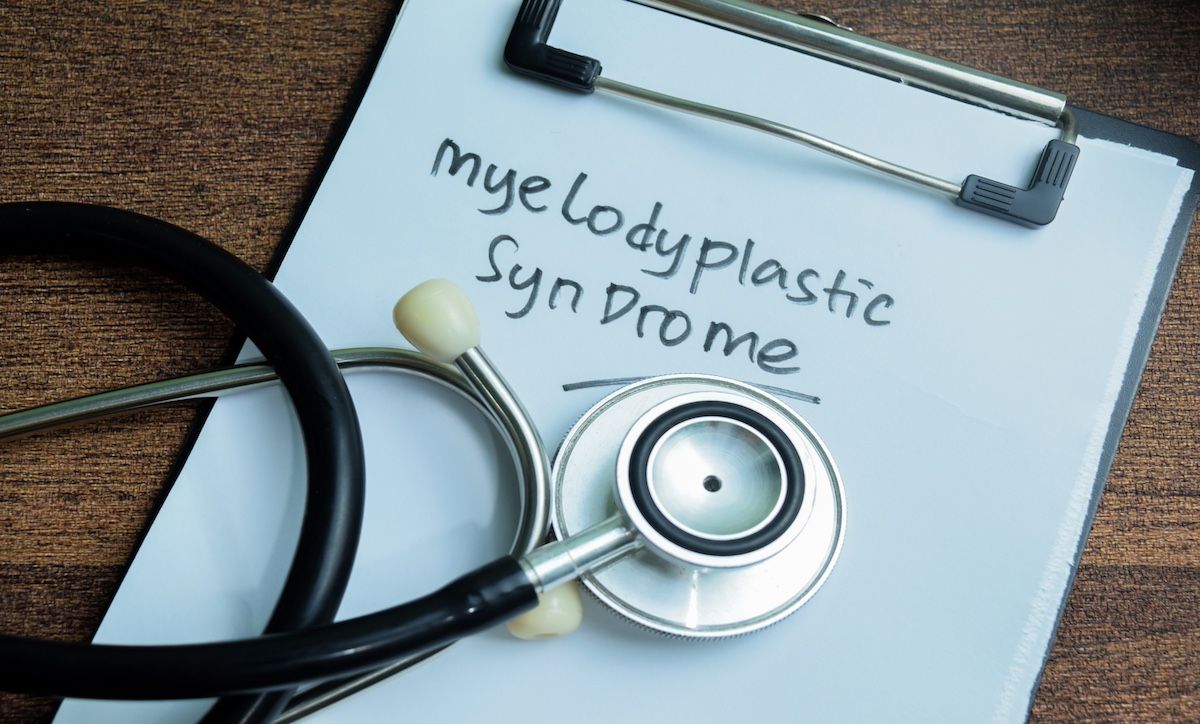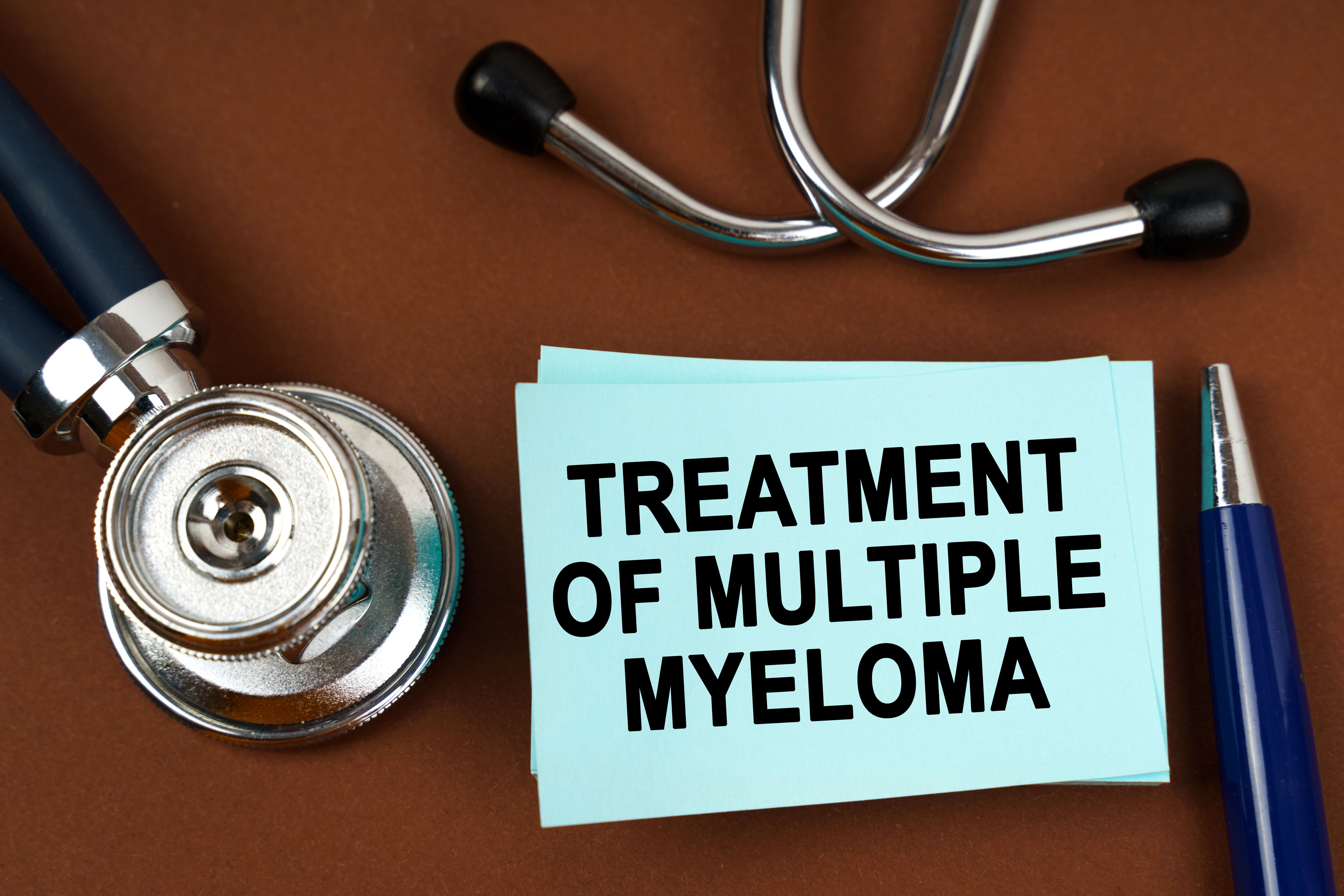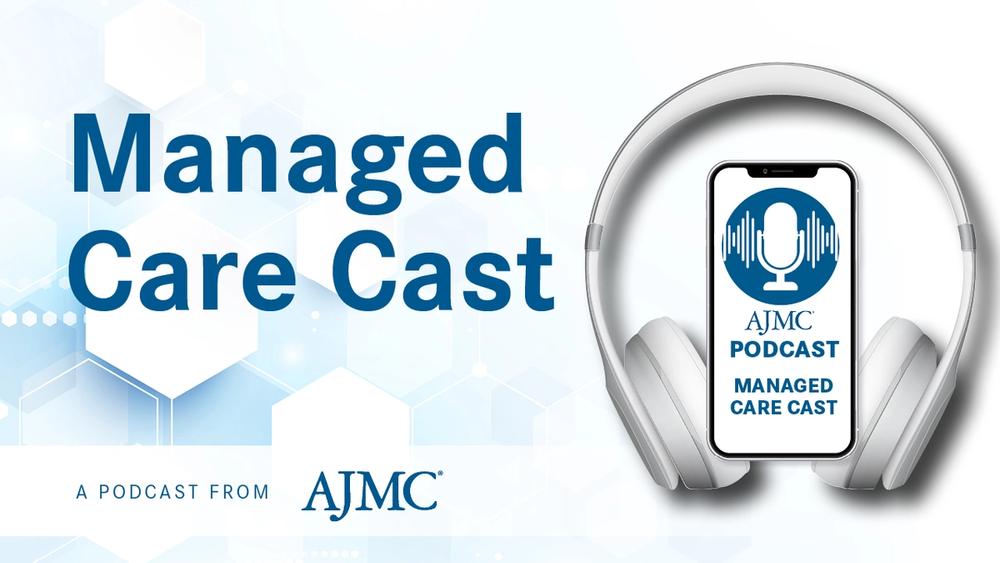News
Article
Adding Venetoclax to Decitabine-Cedazuridine Improves Response in MDS Subgroups
Author(s):
Key Takeaways
- Adding venetoclax to oral decitabine-cedazuridine improves responses in higher-risk MDS and CMML patients.
- Inqovi, an oral decitabine-cedazuridine combination, was FDA approved in 2020 for primary or secondary MDS.
Adding venetoclax to decitabine-cedazuridine significantly enhanced response rates in patients with higher-risk myelodysplastic syndromes (MDS) and chronic myelomonocytic leukemia.
Patients with higher-risk myelodysplastic syndromes (MDS) and chronic myelomonocytic leukemia (CMML) experienced more robust responses to oral decitabine plus cedazuridine when venetoclax was added to the combination, according to a study published in Blood Cancer Journal.1
Oral decitabine-cedazuridine (Inqovi; Taiho Oncology) was FDA approved in 2020 for previously treated or untreated primary or secondary MDS. This includes MDS with refractory anemia, refractory anemia with ringed sideroblasts, refractory anemia with excess blasts, and CMML.2
Researchers analyzed matched cohorts of patients who received either decitabine-cedazuridine with venetoclax or decitabine-cedazuridine alone to determine how the addition of venetoclax impacts outcomes in higher-risk MDS and CMML. |Image credit: syahrir - stock.adobe.com

MDS and CMML are both at risk for transformation into acute myeloid leukemia (AML), the authors of the current study explained, and hypomethylating agents (HMA) such as decitabine or azacytidine are the standard of care for most patients with higher-risk MDS or CMML.1 Adding venetoclax to an HMA is the standard of care for patients with AML who cannot receive intensive chemotherapy.
“AML shares several clinical and biological characteristics with MDS and CMML, but the role of [venetoclax] with HMA in the latter conditions remains unclear,” the authors wrote. “Previous studies exploring the combination of HMA plus [venetoclax] in MDS and CMML have shown encouraging results.”
In the new retrospective study, the authors analyzed matched cohorts of patients who received either decitabine-cedazuridine with venetoclax (n = 51) or decitabine-cedazuridine alone (n = 73) in clinical trials to determine how the addition of venetoclax impacts outcomes in higher-risk MDS and CMML. Overall, 85% of patients were diagnosed with MDS and 16% were diagnosed with CMML, and most had high-risk or very-high-risk disease.
A greater proportion of the decitabine-cedazuridine cohort were International Prognostic Scoring System (IPSS) intermediate-1 risk vs the group also receiving venetoclax (43% vs 0%, P < .001), and a smaller proportion were IPSS intermediate-2 risk vs the group also receiving venetoclax (33% vs 75%, P < .001). Median bone marrow blasts were also higher in the decitabine-cedazuridine plus venetoclax cohort (12% vs 9%; P < .001), but there were no other notable differences between clinical or laboratory parameters between the groups at baseline.
The overall response rate (ORR) was higher in the group treated with decitabine-cedazuridine plus venetoclax vs the decitabine-cedazuridine cohort (90% vs 64%; P = .002). Rates of complete response (CR) were 22% and 43% in the decitabine-cedazuridine cohort and the decitabine-cedazuridine plus venetoclax cohorts, respectively. Bone marrow CR rates were 43% and 47%, respectively.
A subgroup analysis showed that patients with MDS exhibited a statistically significantly higher ORR when treated with decitabine-cedazuridine plus venetoclax (89% vs 61%; P = .002), while the difference between treatment groups was not statistically significant in the CMML group. The median times to best response were 2.7 months (range, 1.6-18.8) in the decitabine-cedazuridine group and 1.2 months (0.7-4.1) in the decitabine-cedazuridine plus venetoclax group. More patients in the decitabine-cedazuridine plus venetoclax group underwent hematopoietic stem cell transplantation vs the decitabine-cedazuridine group (47% vs 16%; P < .001).
At a median follow-up of 29 months in the decitabine-cedazuridine group and 16 months in the decitabine-cedazuridine plus venetoclax group, median event-free survival (EFS) was 10 months (95% CI, 8-13) in the decitabine-cedazuridine cohort vs 18 months (95% CI, 10-not reached [NR]) in the decitabine-cedazuridine and venetoclax cohort (P = .026). At 2 years, the EFS rates were 14% and 44%, respectively. Median overall survival (OS) was 19 months (95% CI, 14-NR) for the decitabine-cedazuridine cohort and 24 months (95% CI, 11-NR) for the decitabine-cedazuridine and venetoclax cohort, although the difference was not statistically significant (P = .89).
Patients who received decitabine-cedazuridine plus venetoclax experienced a significantly higher incidence of grade 3 or 4 neutropenia (75% vs 52%; P = .019) and thrombocytopenia (84% vs 58%; P = .003). However, the authors noted that the 4- and 8-week mortality did not significantly differ between the treatment groups, and the incidence of major infectious complications was similar between groups. Antibiotic prophylaxis was mandatory in the cohort treated with venetoclax, likely contributing to the findings, the authors noted.
The post-hoc nature of the study was a significant limitation, the authors noted, and the number of patients included in the study was small. Follow-up time in the cohort receiving venetoclax was also shorter, making comparisons of longer-term outcomes like OS challenging. Still, the findings suggest that larger, randomized trials are warranted for further validation.
“This is the first published head-to-head comparison of patients with higher-risk MDS who were treated prospectively with HMA, with or without [venetoclax],” the authors concluded. “Patients treated with HMA and [venetoclax] had a superior response rate, and responses occurred faster, translating into more patients proceeding to hematopoietic stem cell transplantation. EFS was improved in patients receiving [decitabine-cedazuridine plus venetoclax], and there was a trend of improved OS, although non-significant.”
References
1. Bataller A, Sasaki K, Urrutia S, et al. Oral decitabine cedazuridine with and without venetoclax in higher-risk myelodysplastic syndromes or chronic myelomonocytic leukemia: a propensity score-matched study. Blood Cancer J. 2025;15(1):50. doi:10.1038/s41408-025-01245-5
2. FDA approves oral combination of decitabine and cedazuridine for myelodysplastic syndromes. News release. FDA. July 7, 2020. Accessed April 25, 2025. https://www.fda.gov/drugs/resources-information-approved-drugs/fda-approves-oral-combination-decitabine-and-cedazuridine-myelodysplastic-syndromes




